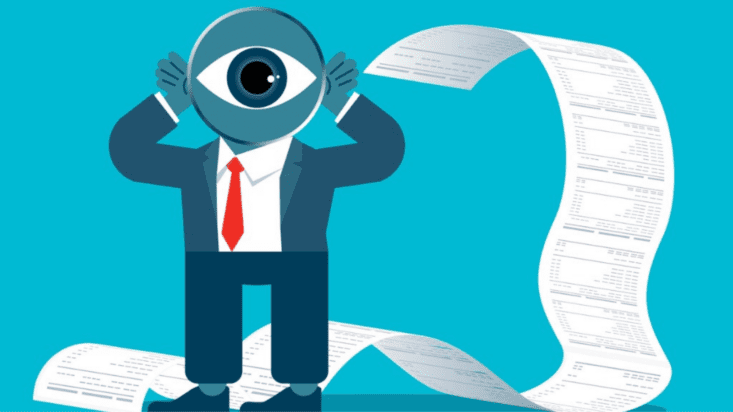More than $8,000 per adviser: Potential Dixons CSLR bill comes into focus
The Financial Advice Association of Australia has called for a public inquiry into the collapse of Dixon Advisory, with advisers set to pay a huge individual bill as part of their requirement to contribute to the Compensation Scheme of Last Resort.
The Dixons Advisory collapse cost 4,606 clients at least $360 million after the (now defunct) advice outfit breached best interests duty on 53 occasions. The firm funneled large tranches of client capital into its proprietary New York property fund, which subsequently collapsed due to a series of design and management flaws.
The FAAA now estimates as much as $135 million of this compensation bill could be charged to the financial advice profession, the FAAA said in a media release, which would amount to a potential tab of more than $8,000 per adviser.
According to FAAA chief executive Sarah Abood, the association is working with the government to iron out design flaws in the CSLR that have put such a large compensatory bill at the feet of the industry. But that work shouldn’t obfuscate the need for a thorough inquiry into what went wrong at Dixons.
“It is essential that we learn the full extent of the issues behind the multi-hundred-million-dollar Dixon Advisory scandal, to ensure it is not repeated,” Abood said.
“A public inquiry would provide clarity around the key questions that remain unanswered, including how the money was lost in the Dixon Advisory scheme, what role directors and senior management played, and why ASIC failed to adequately investigate and take action in a timely way, despite numerous complaints from as early as 2008.”
Scheme of first resort?
The association met with financial services minister Stephen Jones in August to discuss the industry’s concern around the CSLR, with the Dixons Advisory case a focal point of the discussion. According to Abood, the scheme may not actually be operating as a “true” last resort.
“The financial advice profession is made up of small business owners, and 92 per cent of advice practices have five or fewer advisers. Our sector simply can’t afford to underwrite the malpractice of large, listed companies, and nor should we,” she said.
“This was supposed to be a last resort scheme to compensate Australians who were the victims of poor or negligent financial advice, when all other avenues of restitution had failed. Instead, in the absence of true accountability for those responsible, it’s become a scheme of first resort for the many Australians that were caught up in the Dixon Advisory scandal.
“We owe it to consumers to ensure that the CSLR is fairly and sustainably funded. A public inquiry into what happened at Dixon Advisory is critical, so we can learn the lessons of this failure and ensure it can never happen again.”
In tandem, however, the FAAA wants to instigate an inquiry into just what happened at Dixons, with the hope that such an investigation will prevent a similar scandal from occurring again.
“There are too many unanswered questions about the collapse of Dixon Advisory and the subsequent impacts on their clients and the advice profession,” said Phil Anderson, the FAAA’s general manager of policy, advocacy and standards.
“It is crucial that we understand why the fallout from this scandal has focused primarily on financial advisers while leaving the business leaders and their investment product, as well as broader systemic issues and the firm’s questionable business model, unaddressed.”











